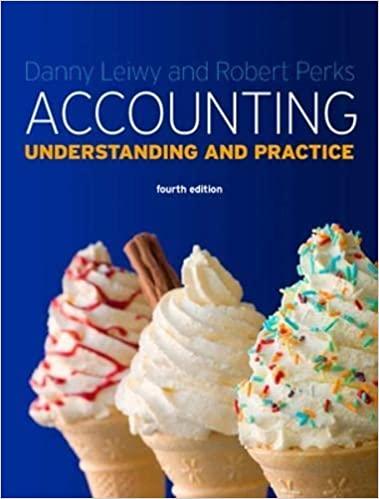HYDROGEOLOGY
. o o 1.(4 points total) The following information was collected for a closed hydrologic basin, which has a total area of 200. km2. Annual Precipitation: 21.0 cm Groundwater pumping for irrigation: 100 wells within the basin Average pumping rate for all wells: 150 liters/minute Average stream outflow (almost entirely baseflow fed): 0.95 m3/s Answer the following, assuming that 1) there are no groundwater inflows or outflows along the edges of the basin; 2) There are no streams flowing into the basin; 3) All groundwater pumped out of the aquifer is lost through evapotranspiration; and 4) Runoff/ overland flow and evapotranspiration is minimal during rain events, such that precipitation = recharge to groundwater. a) Draw a picture or diagram of the basin describing the water balance in this region, for example with arrows to represent the fluxes. Ensure that the diagram is reasonable given the assumptions listed above. b) Based on the numbers given above, what is the net change in groundwater storage over the year? c) Assuming sediments in the basin have a constant porosity of 0.14 [-], and that groundwater storage changes occur uniformly throughout the basin, how much would the water table raise or lower by the end of the year? d) In answering these questions, you had to make several assumptions about the basin in order to ignore possible hydrologic/hydrogeologic fluxes. What basin features would make these assumptions more reasonable? Comment on at least two of the following: land surface slopes, soil / aquifer hydraulic conductivity, geology at the basin boundaries, climate. . o o 1.(4 points total) The following information was collected for a closed hydrologic basin, which has a total area of 200. km2. Annual Precipitation: 21.0 cm Groundwater pumping for irrigation: 100 wells within the basin Average pumping rate for all wells: 150 liters/minute Average stream outflow (almost entirely baseflow fed): 0.95 m3/s Answer the following, assuming that 1) there are no groundwater inflows or outflows along the edges of the basin; 2) There are no streams flowing into the basin; 3) All groundwater pumped out of the aquifer is lost through evapotranspiration; and 4) Runoff/ overland flow and evapotranspiration is minimal during rain events, such that precipitation = recharge to groundwater. a) Draw a picture or diagram of the basin describing the water balance in this region, for example with arrows to represent the fluxes. Ensure that the diagram is reasonable given the assumptions listed above. b) Based on the numbers given above, what is the net change in groundwater storage over the year? c) Assuming sediments in the basin have a constant porosity of 0.14 [-], and that groundwater storage changes occur uniformly throughout the basin, how much would the water table raise or lower by the end of the year? d) In answering these questions, you had to make several assumptions about the basin in order to ignore possible hydrologic/hydrogeologic fluxes. What basin features would make these assumptions more reasonable? Comment on at least two of the following: land surface slopes, soil / aquifer hydraulic conductivity, geology at the basin boundaries, climate







